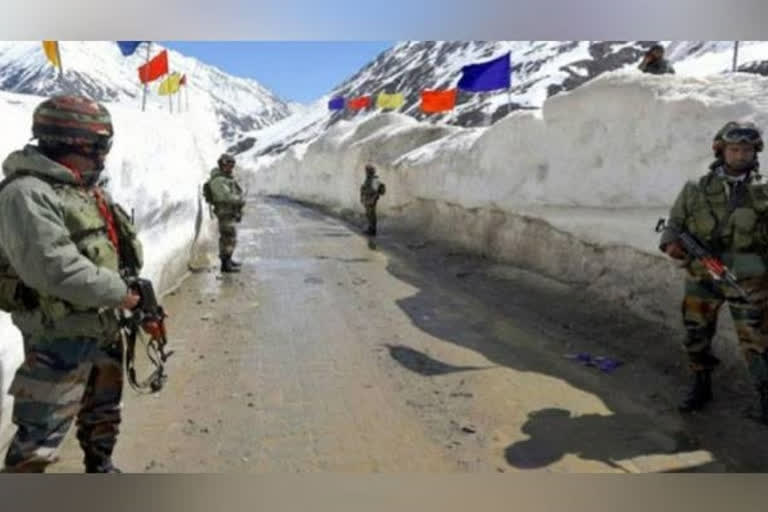New Delhi:With temperatures plummeting to more than minus 30 degrees in the upper reaches in eastern Ladakh where Indian and Chinese troops face each other along with the deployment of heavy artillery, there is growing realization that there is not much wisdom in deploying large number of troops which, among other things, is a huge drain on the national exchequers.
While China did not expect India’s steadfast resistance to the incursions, a series of a border rows led to huge mobilizations since April-May. As a result, India and China have deployed more than 100,000 soldiers and military assets along the icy frontier.
Besides the hostile weather conditions and with changes at the level of commanders on both sides, there is a golden opportunity now for India and China to ease the eight-month-long ongoing standoff in Ladakh and set about an ‘honourable’ and mutual ‘thinning out’ of troops.
At the same time, however, there is recognition of the fact that large scale troop movements would not be possible due to the inclement weather, the cold and snow.
Till now eight rounds of talks—June 6, June 22, June 30, July 14, August 2, September 21, October 12 and November 6—have taken place. The ninth round has not been scheduled yet.
While Lieutenant-General PGK Menon took over from Lt Gen Harinder Singh on October 14 as the head of the Ladakh-based 14 Corps, the latter has taken up charge as commandant, Indian Military Academy (IMA) at Dehradun. It is the 14 Corps commander who leads the Indian delegation at the talks.
It was Lt Gen Menon who led the Indian delegation at the talks in the last round—the eighth in the series—on November 6.
